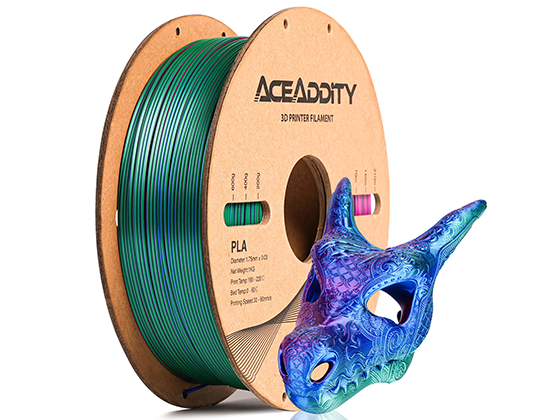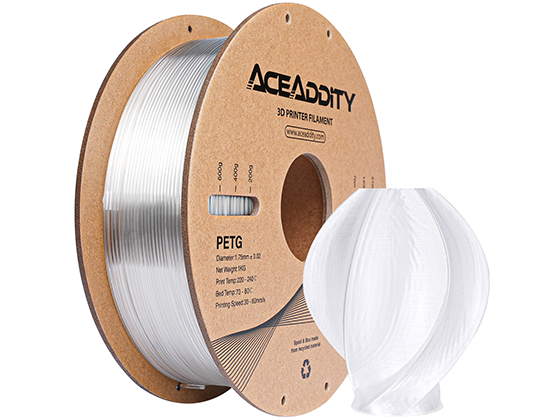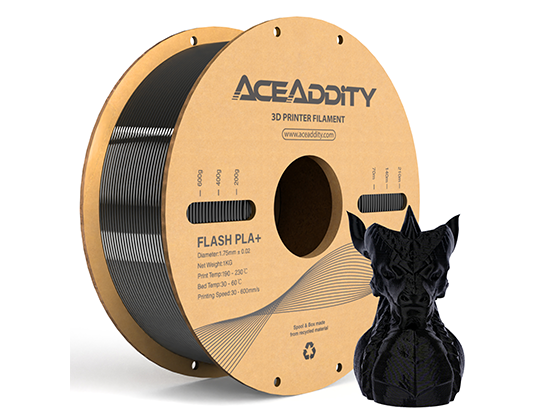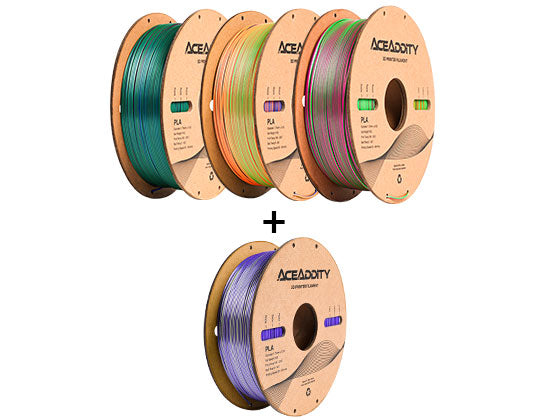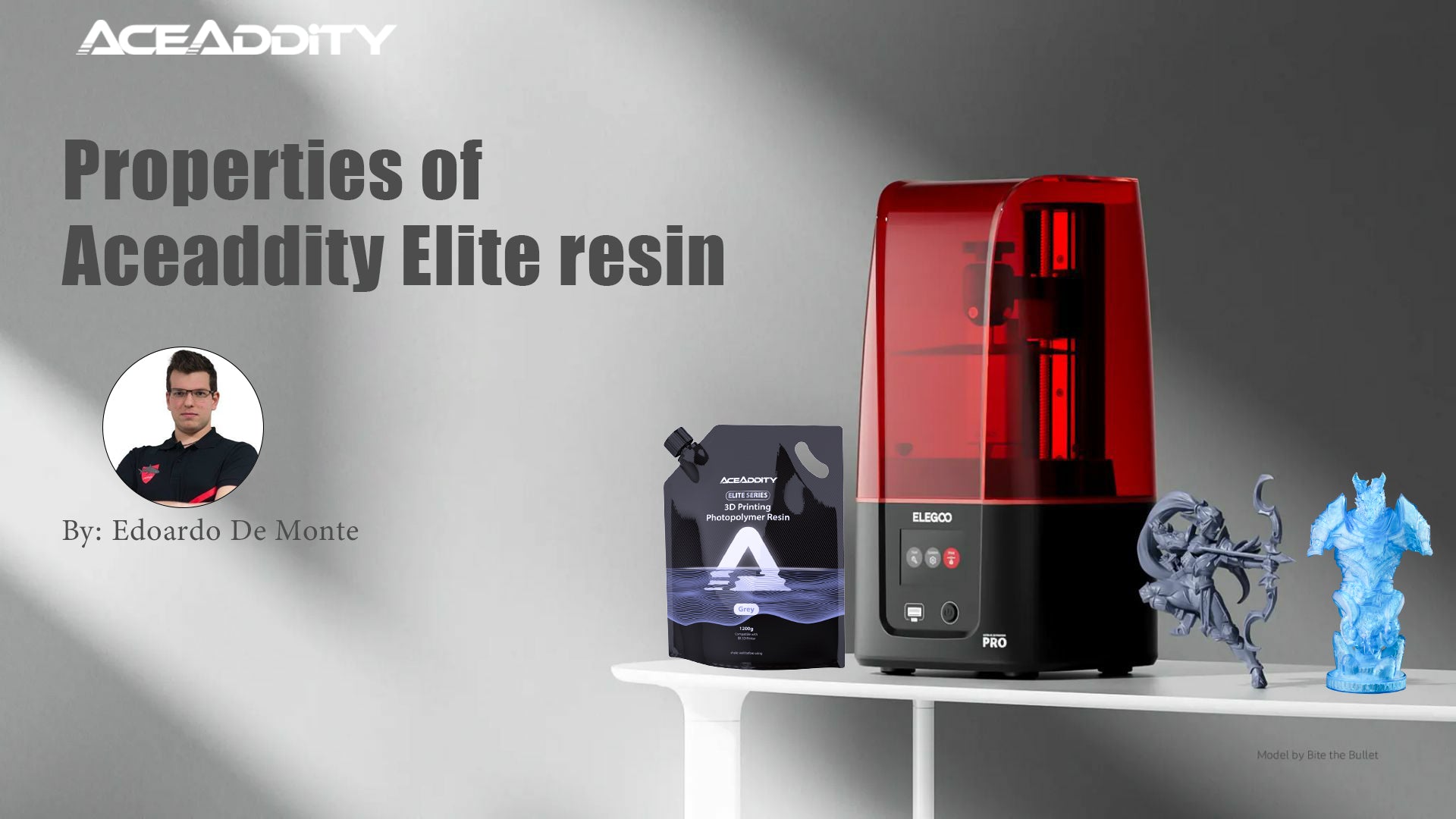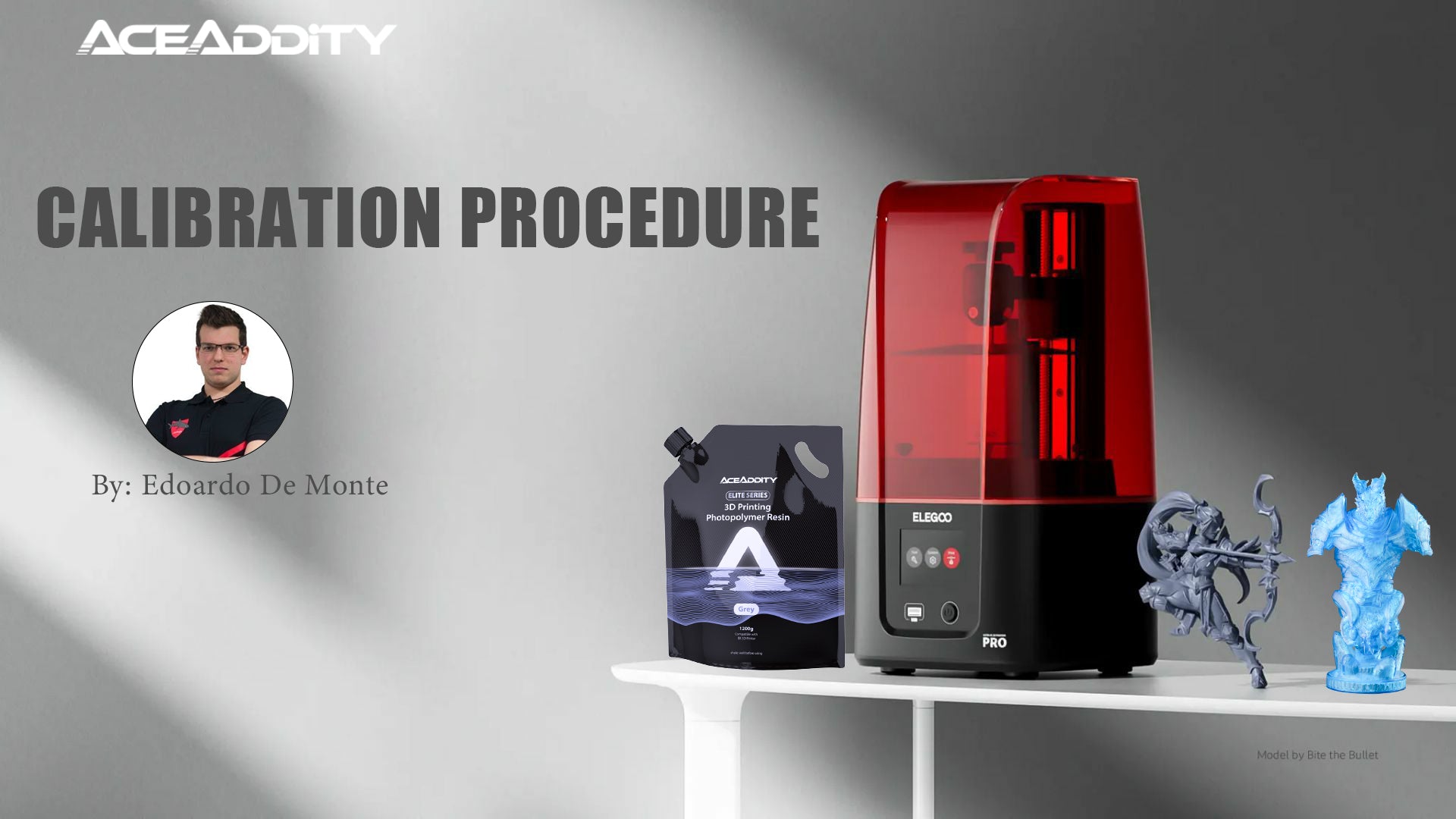We already saw how to test and calibrate the parameters for a generic resin. But what is a resin for 3D printing? What are the key properties to look for? Let’s answer these questions to understand that having a good resin is key to have the best results with our 3D printers.
Resins for 3D printing
A resin for 3D printing is a liquid polymer that is sensitive to UV light. The exposure to the appropriate light frequency creates bonds between the polymer chains and the additives, progressively transforming the liquid into solid. This process is called UV photocuring.
The principal components of a resin are the following:
- Oligomers: the main component of the resin, these are responsible for the main properties of the resin. For 3D printing purposes they’re mainly acrylates but can be of other nature to create special resins such as tough resins.
- Monomers: these short chains of molecules act as dilutant for the oligomers.
- Photo-initiators and co-initiators: these molecules are used to initiate and propagate the photo-curing process and are responsible for the curing speed and the level of polymerization.
- Additives: these have different functions and are used to give the resin particular characteristics. Pigments are used to give a particular colour to the resin; stabilizers can make the resin more stable in the long terms; ceramic particles can help to improve the surface finish and the hardness of the materials etc.
What makes each brand unique is how they choose and use the additives. In fact, in the market there are a lot of resin types, each one with their own features and properties.
UV photocuring is an exothermic process: when the resin solidifies it produces a lot of heat that can raise the temperature of the resin even to 80-100 °C. This phenomenon can cause a lot of damage to the screen and lowers significantly it’s lifespan. This is why 3D printers have a fan that continuously cools the LCD screen.
Cross-layer curing and light bleed
A “feature” that is common in all the resins because of the natural behaviour of light is the cross-layer curing. When hitting a material, a uniform light beam splits in different rays each one with a different behaviour as explained in the following lines. Each behaviour happens at the same time and can’t be totally eliminated.
- Reflected light: part of the light is reflected to the screen, with resins it’s a very little faction.
- Transmitted light: part of the light passes through the currently printed layer of resin and hits the previously printed layers overcuring them. This can be mitigated using a high quantity of pigment in the resin but can’t be eliminated in order to grant the bonding strength between the layers to avoid delamination. This type of over-curing happens also at the borders of the printed layer, leading to the over-exposure of the printed object surface.
- Absorbed light: the main portion of light is absorbed by the resin to activate the photo-polymerization process.
- Scattered light: part of the light is scattered within the material speeding, up the curing process but causing the phenomenon of light bleed. It consists of a portion of the light curing extra pixels at the borders of the layers.


